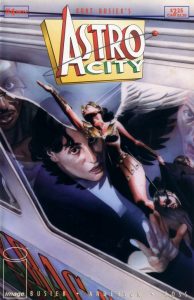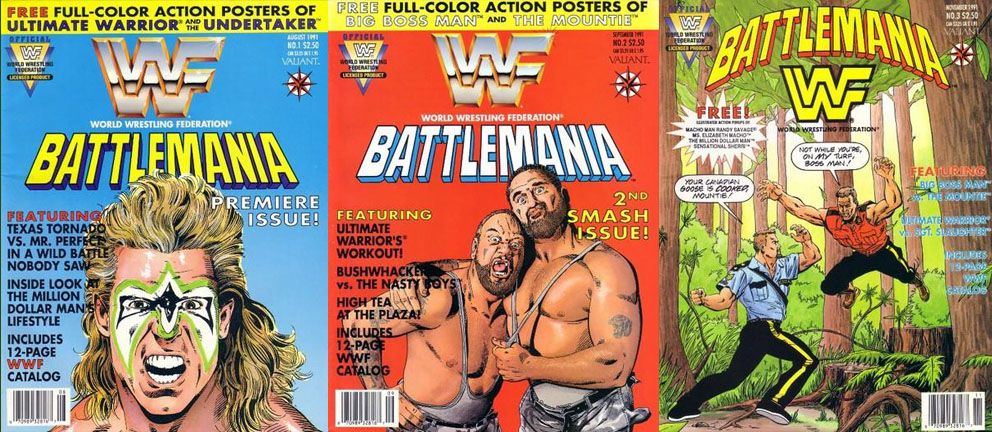(AfroGamers.com) Kurt Busiek’s Astro City–with artwork by Brent Anderson and Alex Ross–is my overall favorite superhero series. It’s a superhero comic done with a linear timeline but with this large breathing world. Trust me, I’ll get into both of those since they go hand-in-hand. Let’s dive into this intro because we’ll be visiting Astro City in the near future!
The Heroes of Astro City
The heroes inhabiting the city are archetypes of popular heroes but Busiek’s writing adds something to them. Something you might ask about regarding their lives but at the time was never explored.
Mind you, now and in the last decade this kind of stuff was explored but for the most part it was either skipped over or grazed. It’s not entirely a bad thing but given how Busiek wrote the series for graphic novel-format, it worked. 
The heroes and villains are diverse and don’t have some of the expected powers you’ll notice some heroes would fall into. Yes, I’m looking at Black characters with electricity-related powers. While some of the coolest in comics, it’s like Black characters have a choice between shocking people or punching ultra hard if they’re in line too early when powers are handed out.
Celebrity, falling popularity, being on the rise, doing desperate things–all of this are things that each character deals with in Astro City. Also, heroes who don’t have immortality or rapid healing either pass on or retire, thus handing the cape or boots to a new generation. Splendid.
The Linear Timeline
There is time travel in Astro City–mainly involving the Silver Agent in one major storyline–but the series goes about a defined timeline. This means if events happen in the 1940s or 1950s, then there’s no “sliding timeline” to explain away why events that occurred in the 1970s and are definitely 1970s in nature happened “just a few years ago.”
As someone really concerned about chronological order and timelines, this is something that Marvel does that bothers me. It just seems like a cheap way to not have characters age, die off, or retire. Also, it smacks of making sure you have a safety net in case trying something new fails. I mean, that’s smart but playing it a little too safe for my liking.
Honestly, I’m surprised Earth-616 isn’t beyond repair because of all time travel and alterations resulting in decades being taped over each other. Meanwhile, Astro City starts with the Golden Age of Heroes as the important entry in its timeline while the series starts in the 1990s. So everything that happened prior happened.
Perspectives in Astro City
The way that the original graphic novels are written, Astro City’s stories are told from the perspective of different characters. That means you’re not following one character or a team through several story arcs but each character focused on has their own story to tell. Meanwhile, some larger clash might be happening in the background of their story.
As a matter of fact, some stories actually overlap not because the characters are both involved but because they were either around or active at the time another character’s story was being told. A prime example of this is the Vengeance Brothers and the Confessor storylines happening at the same time as Silver Agent’s time traveling mission.
Since the characters run in different circles or handle different things, they have different stories to tell and large events in Astro City are viewed differently because of their involvement or lack of involvement. One of the first stories in the series is told from the perspective of someone who just moved to the city and how all the heroics and villain fights was very day-to-day stuff after you’ve lived there awhile.
When we get into some of major storylines, all of this will tie together and hopefully you’ll become a fan and resident of Astro City.
Staff Writer; M. Swift
This talented writer is also a podcast host, and comic book fan who loves all things old school. One may also find him on Twitter at; metalswift.

















Leave a Reply